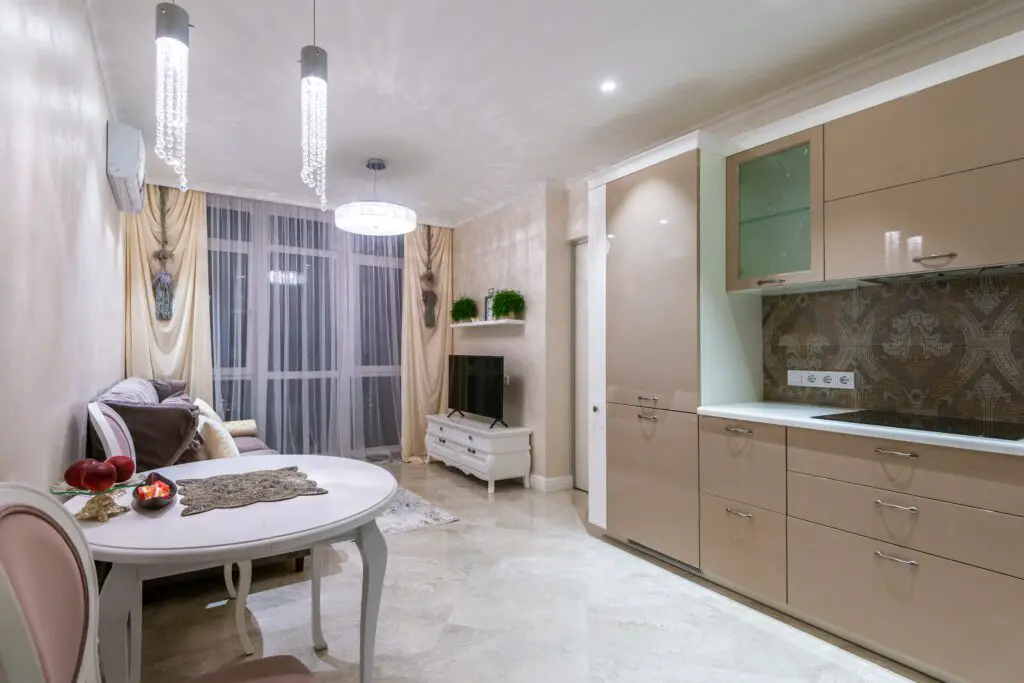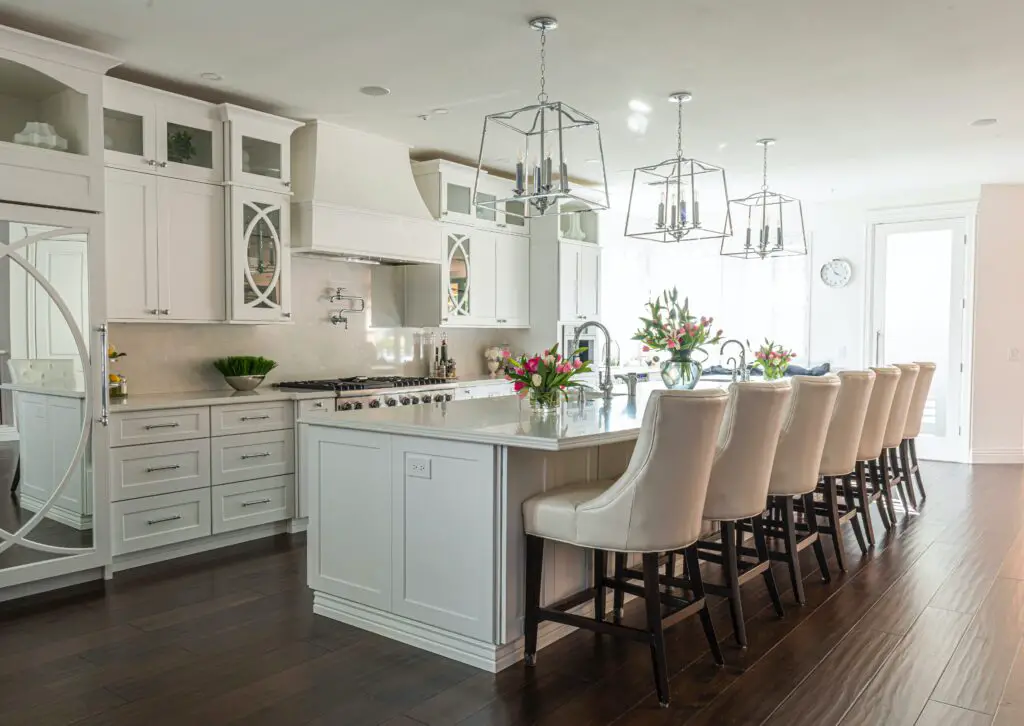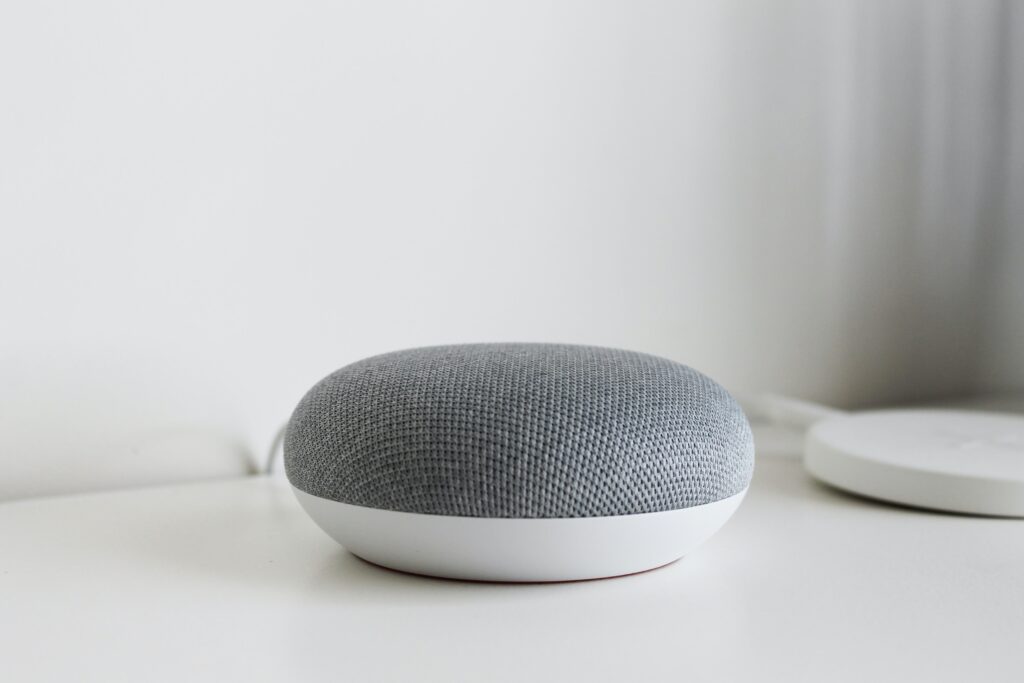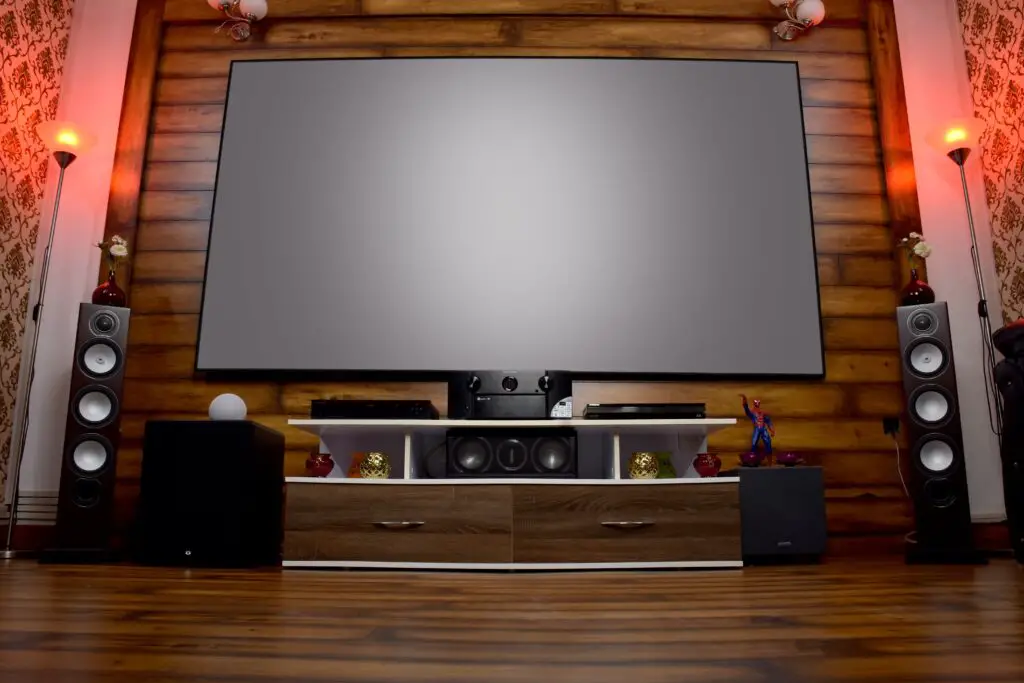In an era where technology is seamlessly integrated into our daily lives, it’s no surprise that our homes are becoming smarter too. Smart lighting, an integral part of the modern smart home, offers a remarkable fusion of aesthetics, energy efficiency, and convenience. Imagine effortlessly adjusting the ambiance of your living space with a simple voice command or a tap on your smartphone. Welcome to the world of smart lighting, where traditional illumination meets cutting-edge innovation.
This comprehensive guide, “Smart Lighting 101: A Guide to Illuminating Your Rooms,” is designed to shed light on the transformative power of smart lighting. From understanding the basics and benefits to setting up and controlling your smart lighting system, we’ll take you on a journey that will illuminate your path to a brighter, more intelligent home.
Benefits of Smart Lighting

Smart lighting isn’t just about illuminating your rooms; it’s about enhancing your lifestyle. By embracing this technology, you open the door to a multitude of benefits that go beyond traditional lighting systems.
1. Energy Efficiency and Cost Savings
Smart light bulbs, often equipped with LED technology, are energy-efficient alternatives to incandescent bulbs. They consume significantly less energy while producing the same or even better lighting output. With the ability to dim and control brightness, you can further optimize energy usage and reduce your electricity bills.
2. Customization and Personalization
One-size-fits-all lighting is a thing of the past. With smart lighting, you can customize the color temperature, intensity, and even the color of the light to match your mood or activity. Whether you’re hosting a cozy dinner party or relaxing with a book, the right lighting can be tailored to your preferences.
3. Convenience and Ease of Control
Imagine walking into a room and having the lights automatically adjust to your preferred settings. Smart lighting allows you to control your lights remotely using your smartphone, voice commands, or even scheduled routines. No more getting out of bed to turn off the lights—you can do it all from the comfort of your couch.
4. Integration with Smart Home Ecosystems
Smart lighting doesn’t exist in isolation; it’s a key player in the broader smart home ecosystem. These systems seamlessly integrate with other smart devices, such as thermostats, security cameras, and smart speakers, creating a harmonious and interconnected living space.
Components of Smart Lighting Systems

To embark on your journey to intelligent illumination, you need to familiarize yourself with the fundamental components of a smart lighting system.
1. Smart Light Bulbs
A. LED Technology
LED technology lies at the heart of smart light bulbs. These bulbs consume less energy and have a significantly longer lifespan than traditional incandescent bulbs. You can adjust their brightness, color temperature, and even change colors, all controlled through your smartphone or voice commands.
B. Color Temperature and Brightness Control
The color temperature of light can have a profound impact on the ambiance of a room. Warm white light creates a cozy atmosphere, while cool white light is ideal for tasks that require focus. With smart bulbs, you can fine-tune the color temperature to suit different scenarios.
C. Compatibility with Dimmer Switches
Before diving into the world of smart bulbs, ensure that they are compatible with dimmer switches if you plan to retrofit your existing fixtures. Not all smart bulbs work seamlessly with traditional dimmers, so it’s important to check compatibility to avoid any technical issues.
2. Smart Light Switches and Dimmers
Smart light switches and dimmers offer an alternative approach to upgrading your lighting system. They replace your existing switches, granting you remote control and automation capabilities.
A. Retrofitting vs. Replacing
When considering smart light switches, you have the option to retrofit your existing switches or replace them entirely. Retrofitting is less invasive and cost-effective, but it might limit certain features. Replacing the switches provides full functionality but requires more installation work.
B. Wireless vs. Wired Switches
Wireless smart switches communicate with your smart hub or smartphone through wireless protocols like Wi-Fi or Zigbee. Wired switches, on the other hand, require a physical connection to your home’s electrical wiring. Each option has its own advantages, so choose based on your preferences and the complexity of your setup.
C. Dimming Capabilities and Scene Settings
Smart switches often come with dimming capabilities, allowing you to adjust the intensity of the light. Some switches also support scene settings, which enable you to program different lighting configurations for various activities. A “movie night” scene could dim the lights, while a “cooking” scene could increase brightness over the kitchen counter.
3. Smart Lighting Hubs and Controllers
Centralized control is the backbone of any smart lighting system. Smart hubs and controllers enable seamless communication between your devices and allow you to manage your lighting ecosystem effortlessly.
A. Centralized Control Options
Smart hubs serve as a central command center for all your smart devices, including lighting. They consolidate control, allowing you to manage multiple lights and scenes from a single interface. Some hubs even offer physical controls for those who prefer tactile interactions.
B. Voice Assistants and Smartphone Apps
The rise of voice assistants has revolutionized smart home control. Popular voice assistants like Amazon Alexa, Google Assistant, and Apple Siri can integrate with your smart lighting system. Additionally, dedicated smartphone apps provide intuitive interfaces to control your lights remotely.
C. Integration with Other Smart Devices
Smart lighting doesn’t operate in isolation. Integrating your lighting system with other smart devices, such as motion sensors, door locks, and thermostats, can create a harmonious ecosystem. For instance, lights could turn on automatically when you enter a room.
Types of Smart Lighting
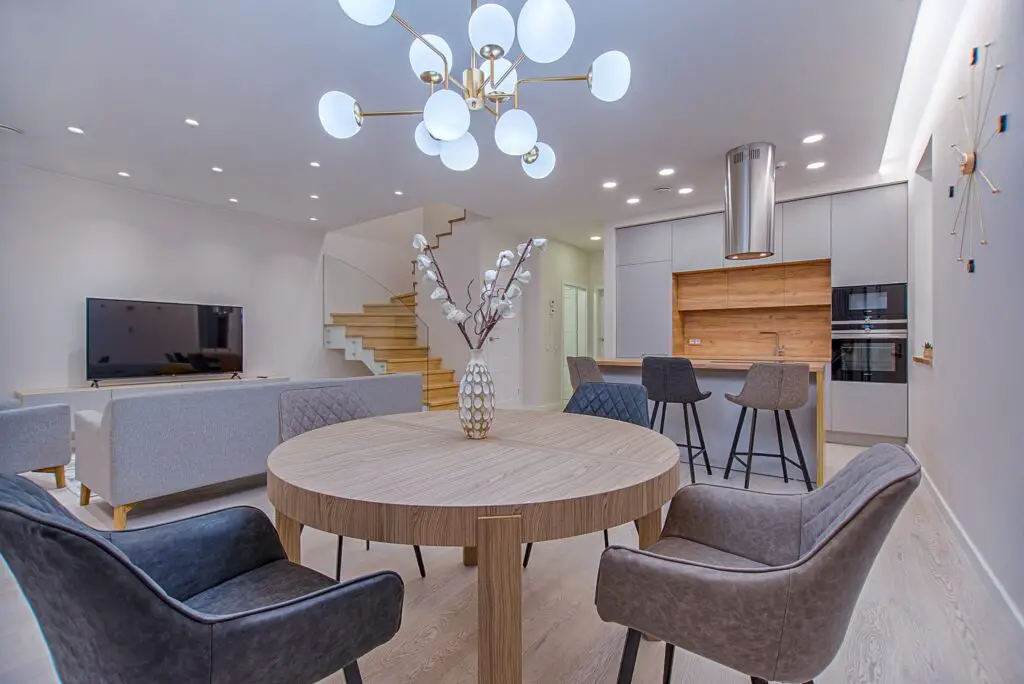
Understanding the various types of smart lighting will help you make informed decisions about how to illuminate your living spaces effectively.
1. Ambient Lighting
Ambient lighting forms the foundation of your lighting scheme. It’s the general illumination that fills a room and sets its overall mood.
Creating the Right Mood and Atmosphere
The color temperature of ambient light significantly influences the ambiance of a room. Warm white light (2700K-3000K) creates a cozy and inviting atmosphere, perfect for living rooms and bedrooms. Cool white light (4000K-5000K) is more suitable for areas where focus and task performance are essential, such as kitchens and home offices.
Adjusting Brightness for Different Occasions
Ambient lighting should be versatile enough to adapt to different activities. Dimming capabilities allow you to lower the brightness for movie nights or increase it for lively gatherings. Smart dimmers or dimmable smart bulbs can easily achieve this level of flexibility.
2. Task Lighting
Task lighting is designed to provide focused illumination for specific activities, such as reading, cooking, or working.
Illuminating Specific Work Areas
Task lighting should be strategically positioned to illuminate work surfaces without causing glare or shadows. For instance, under-cabinet lighting in the kitchen or a desk lamp in the home office ensures that you have sufficient light for tasks.
Enhancing Productivity and Focus
Well-placed task lighting not only enhances visibility but also contributes to productivity and focus. Bright, directed light reduces eye strain and helps you concentrate on the task at hand.
3. Accent Lighting
Accent lighting adds drama and depth to your interior by highlighting specific objects or architectural features.
Highlighting Architectural Features or Decor:
Accent lighting draws attention to elements you want to showcase, such as artwork, sculptures, or architectural details like crown molding. It adds a layer of sophistication and visual interest to your space.
Adding Visual Interest to a Space
By creating contrasts between illuminated and shadowed areas, accent lighting adds dimension and depth. Consider using spotlights, track lighting, or wall-mounted fixtures to achieve this effect.
Setting Up Your Smart Lighting System
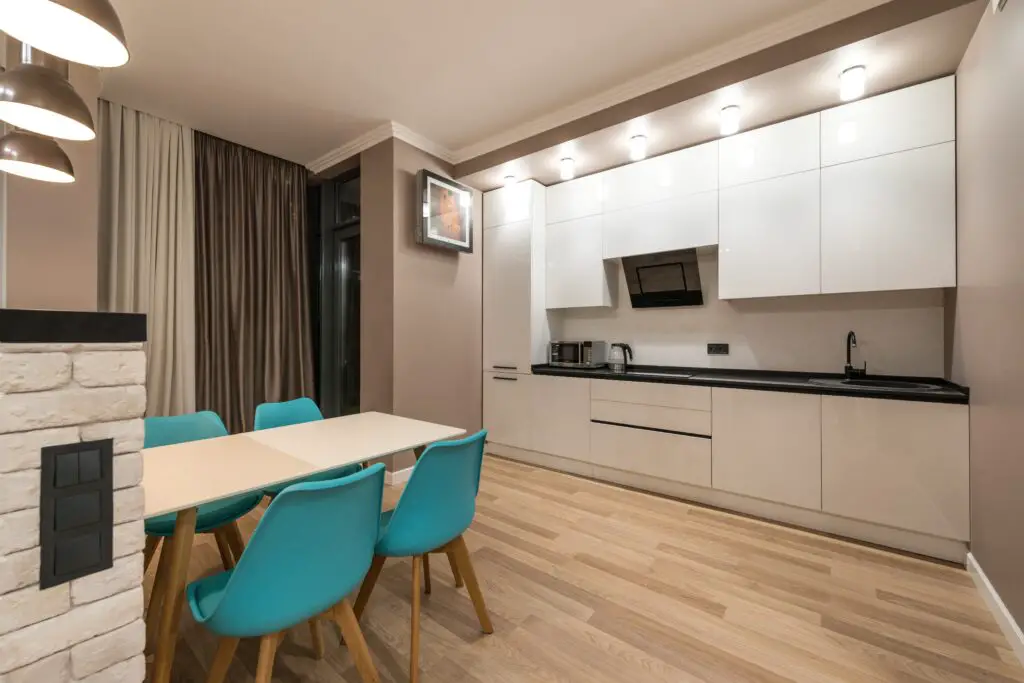
Now that you’re well-versed in the components and types of smart lighting, it’s time to roll up your sleeves and set up your smart lighting system.
1. Choosing the Right Smart Light Bulbs
Selecting the appropriate smart light bulbs is essential for achieving your desired lighting effects.
- Compatibility with Fixtures: Ensure that the smart bulbs you choose are compatible with your existing fixtures. Some smart bulbs have unique shapes or sizes that might not fit all fixtures.
- Color Temperature Options for Different Rooms: Different rooms serve different purposes, and thus, their lighting requirements vary. Choose warm white light for areas where comfort and relaxation are key and cooler white light for areas where focus and productivity are needed.
2. Installing Smart Light Switches
Smart light switches are a fantastic alternative to smart bulbs, especially if you have multiple bulbs in one fixture or prefer centralized control.
Safety Precautions and Basic Installation Steps
Safety should always be a priority when dealing with electrical components. Before you begin, turn off the power to the circuit you’re working on. Follow these basic steps for installing a smart light switch:
- Turn off the power: Locate the circuit breaker and turn off the power to the relevant circuit.
- Remove the old switch: Carefully remove the old switch’s cover plate and unscrew it from the wall.
- Disconnect wires: Gently disconnect the wires from the old switch. Take note of their positions.
- Connect the smart switch: Follow the manufacturer’s instructions to connect the wires to the new smart switch.
- Attach the switch: Secure the new switch in place and attach the cover plate.
- Power on and test: Turn the power back on and test the smart switch to ensure it’s working correctly.
Syncing Switches with the Smart Hub or App
After installation, you’ll need to sync your smart switches with the smart hub or app for remote control. This usually involves following the app’s prompts to pair the switch with your home network.
3. Configuring Smart Lighting Scenes
Smart lighting scenes allow you to create predefined lighting configurations for different scenarios.
Creating Presets for Various Activities
Consider the various activities that take place in each room and create lighting presets accordingly. Some common scenes include:
- Movie night: Dimming the lights for a cozy cinematic experience.
- Reading mode: Bright, focused lighting to reduce eye strain.
- Dinner party: Warm and inviting lighting for social gatherings.
Syncing Scenes with Voice Commands or Schedules
Connect your scenes with voice assistants or schedule them to activate automatically. For example, you could set your “wake-up” scene to gradually brighten your bedroom lights each morning.
Controlling and Managing Smart Lighting
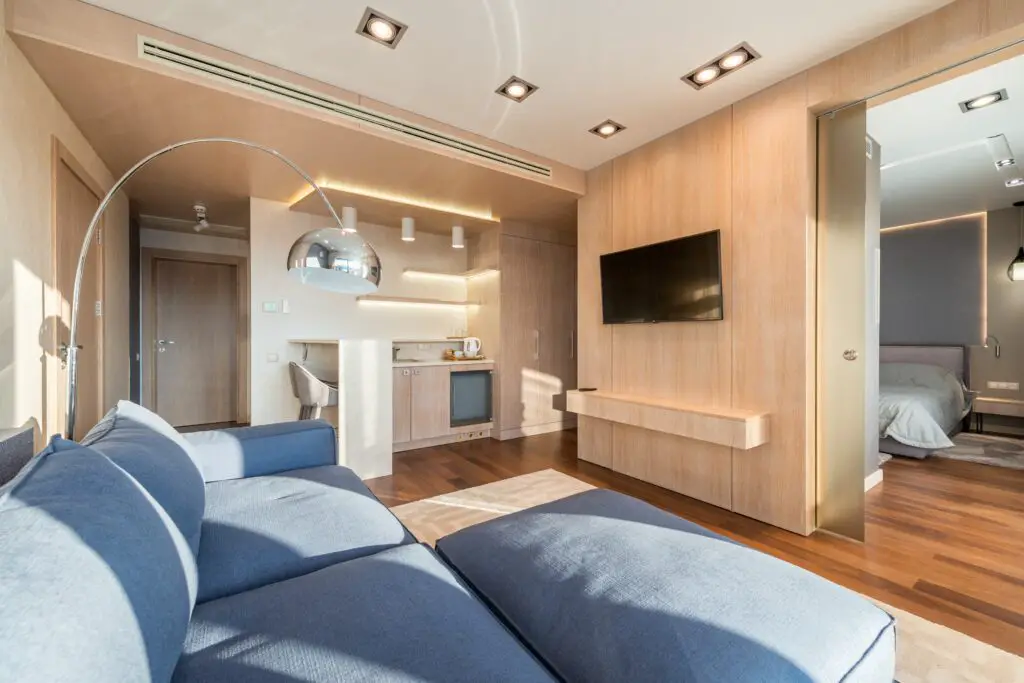
Your smart lighting system is up and running, but how do you control and manage it effectively?
1. Smartphone Apps
Remote Control and Monitoring
Most smart lighting systems come with dedicated smartphone apps that allow you to control your lights remotely. Whether you’re away on vacation or simply lounging on the couch, you can adjust your lighting settings with ease.
Adjusting Settings On the Go
Forgot to turn off the lights before leaving home? No problem. With a smartphone app, you can remotely turn off lights, adjust brightness, or switch between scenes from wherever you are.
2. Voice Assistants
Setting Up Voice Commands
Integrating your smart lighting system with a voice assistant, like Amazon Alexa or Google Assistant, is a game-changer. After linking your accounts, you can control your lights using voice commands.
Voice-Activated Scenes and Routines
Take it a step further by creating voice-activated scenes or routines. With a simple phrase like “Hey Google, activate movie night,” your lights can dim, blinds can close, and your home theater system can come to life.
3. Automation and Scheduling
Creating Schedules for Different Times of the Day
Set up schedules to automate your lighting based on your daily routine. For example, you can schedule the lights to gradually brighten in the morning, simulate your presence when you’re away, and gradually dim at night.
Integrating with Other Smart Devices
Leverage the power of automation by integrating your smart lighting with other devices. A motion sensor in the hallway can trigger the lights to turn on automatically when you walk by, enhancing both safety and convenience.
Troubleshooting and Maintenance
While smart lighting systems are designed to be user-friendly, technical hiccups can still occur. Here’s how to troubleshoot common issues and keep your system running smoothly.
Troubleshooting Common Issues
Connectivity Problems
If your smart lights aren’t responding, check your Wi-Fi network. Weak or unstable connections can lead to communication problems between the smart hub, your smartphone, and the lights.
Dimming or Color Inconsistencies
Inconsistent dimming or color changes could result from incompatible dimmer switches or improper calibration. Ensure that your dimmer switch is designed for LED bulbs, as some older dimmers may not be compatible.
Firmware Updates and System Maintenance
Keeping the System Up to Date
Manufacturers often release firmware updates to enhance the performance and security of their devices. Regularly check for updates through the manufacturer’s app or website and follow their instructions to keep your system up to date.
Replacing Batteries or Faulty Components
If you’re using battery-operated smart devices, such as wireless switches or remote controls, keep an eye on battery levels and replace them when needed. If you encounter persistent issues, it might be a sign of a faulty device that needs replacement.
Security and Privacy Considerations
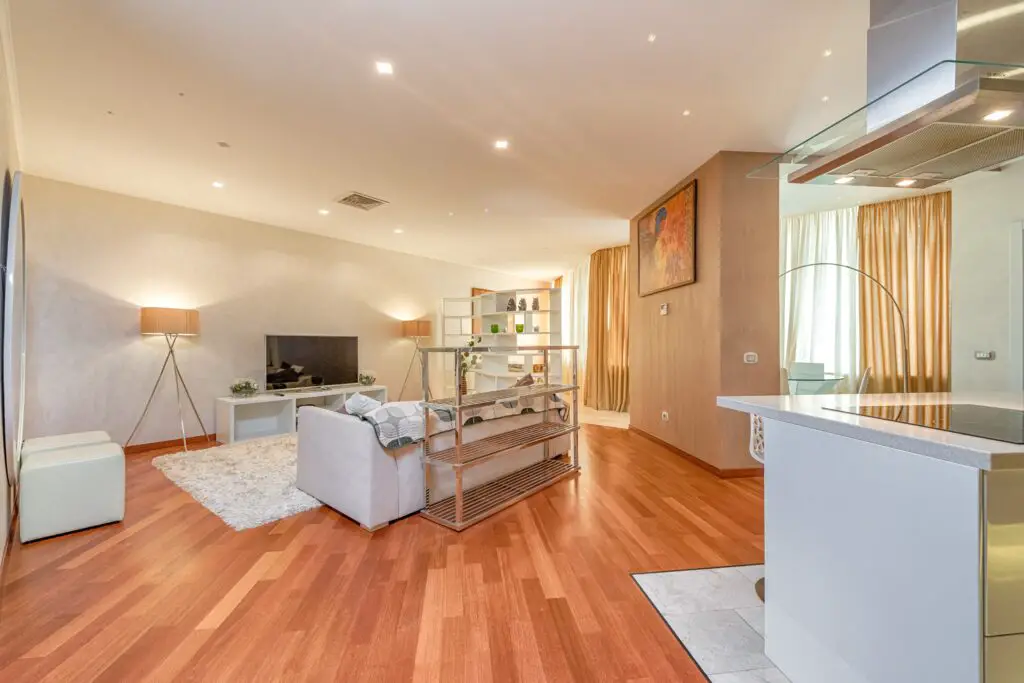
As you immerse yourself in the world of smart lighting, it’s essential to prioritize security and privacy to protect your data and maintain control over your devices.
Ensuring Data Security
Choosing Reputable Brands and Platforms
Opt for established and reputable brands when selecting your smart lighting components. Well-known brands often have stringent security measures in place to safeguard your data.
Managing Device Access and Permissions
Regularly review the devices connected to your smart hub or app and revoke access for any devices you no longer use. Additionally, customize permissions for each device to control what they can access.
Protecting Privacy
Reviewing Data Collection Practices
Before connecting your smart lighting system to any platform, review their data collection and privacy policies. Ensure that you’re comfortable with the data they collect and how it’s used.
Disabling Unnecessary Features for Privacy-Conscious Users
Some smart lighting systems offer features like remote access or data sharing for support purposes. If you’re privacy-conscious, consider disabling these features to minimize potential vulnerabilities.
Future Trends in Smart Lighting
The world of smart lighting is ever-evolving, with exciting trends on the horizon that promise to revolutionize our living spaces even further.
Integration with Emerging Technologies
Li-Fi and Visible Light Communication
Li-Fi, short for Light Fidelity, is a cutting-edge technology that uses visible light to transmit data. It offers faster and more secure data transfer compared to traditional Wi-Fi. As this technology matures, we might see it integrated with smart lighting systems for enhanced connectivity.
AI-Powered Adaptive Lighting
Artificial intelligence is making its mark in the smart lighting domain. AI algorithms can analyze your behavior and preferences to adjust lighting settings automatically. Imagine a system that learns when you prefer bright or dim lighting and adapts accordingly.
Sustainable and Eco-Friendly Lighting Options
Solar-Powered Smart Lights
Solar-powered smart lights harness the energy of the sun to power your lighting system. These lights can be particularly useful for outdoor areas, allowing you to illuminate pathways, gardens, and patios using renewable energy.
Energy-Efficient Designs and Materials
As environmental consciousness grows, manufacturers are investing in energy-efficient designs and sustainable materials. This shift towards eco-friendly options aligns with the global movement towards greener living.
Conclusion
As you journey through this comprehensive guide to smart lighting, you’ve gained insights into the world of intelligent illumination. Smart lighting isn’t just about lights; it’s about crafting personalized experiences seamlessly blending aesthetics, energy efficiency, and convenience. By embracing this technology, you’re not only illuminating your rooms but also transforming your living spaces into hubs of innovation and comfort.
Remember, the path to smart lighting enlightenment involves understanding the benefits, exploring different components, and mastering control options. With the foundation laid in this guide, you’re well-equipped to embark on your smart lighting journey.
As you explore the endless possibilities of creating scenes, controlling your lights with voice commands, and embracing future trends, you’ll discover that smart lighting isn’t just a trend—it’s a lifestyle upgrade that can brighten every aspect of your home.
Frequently Asked Questions
1. What are the basics of smart lighting?
Smart lighting involves the use of technology to control and customize your lighting settings. It typically includes smart light bulbs, switches, and controllers that allow you to adjust brightness and color temperature and even create preset scenes for different activities.
2. How can you illuminate a room?
To illuminate your room effectively, consider a combination of ambient, task, and accent lighting. Ambient lighting provides general illumination, while task lighting focuses on specific activities. Accent lighting adds depth and highlights decor or architectural features.
3. How to do smart lighting in your house?
Start by choosing between smart light bulbs and smart switches/dimmers. Smart bulbs are easy to install and offer color and brightness control. Smart switches replace your existing switches, offering centralized control. Use smartphone apps or voice assistants to control your lights and create scenes or schedules for automated lighting.
4. What are the benefits of smart lighting?
Smart lighting offers energy efficiency, customization, convenience, and integration with other smart home devices. You can save on energy bills, personalize lighting to match your activities or mood, control lights remotely, and create a cohesive smart home ecosystem.
